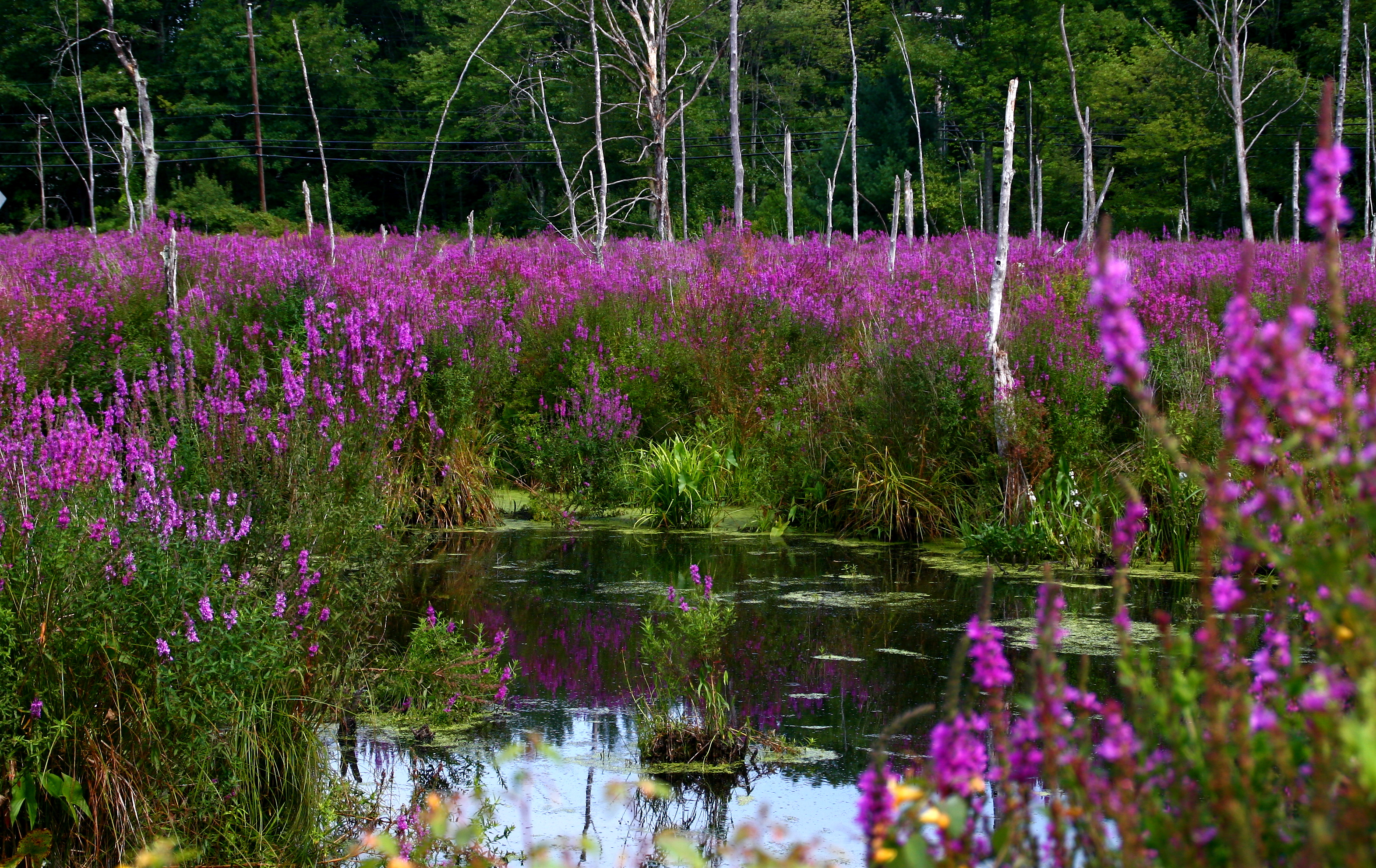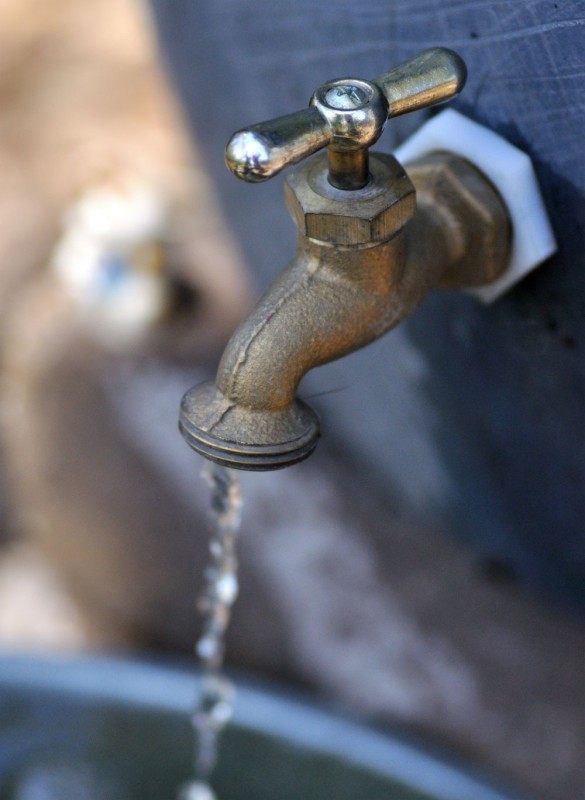Throw Out the Thugs
Around Halloween, it’s normal to see masked strangers in your yard, even on your doorstep. After all the candy is eaten, there still may be some trespassers looking to cause trouble for your landscape. These pernicious plants are non-native invasive species.
Beware, Runoff Busters! Even if a plant seems to be growing wild in your yard, that does not mean it is native. Familiar plants, such as English ivy and periwinkle, can be suspect. These plants are often accidentally introduced to new locations outside of their typical ranges.
So how do you spot the tricks from the treats? You should be concerned about plants that are “acting like thugs” in the landscape, according to the Chesapeake Conservation Landscaping Council. Look out for plants that grow rapidly, dominate the yard, or have large seed heads or lots of berries.

Purple Loosestrife is an aggressive nonnative species that, despite being attractive, has wide spreading negative impacts on native plants and wildlife.
While non-native invasive plants can’t cause mischief like toilet papering or pumpkin-smashing, they can negatively impact your yard and contribute to stormwater runoff. Non-native invasives have relatively shallow root systems – which can lead to changes in the chemistry and rate of erosion of your soil. Non-native plants also need more fertilizer and pesticides. As you know, more pollutants running off your yard means bubble, bubble, toil, and trouble for local waterways and the Chesapeake Bay.
The solution is native plants. Although definitions vary, we’ll consider plants naturally present in this area since about the 17th or 18th century to be native species. These are the flowers, trees, shrubs, or grasses that you would see on a walk through a forest or meadow near where you live.
Native plant species are suited to the climate and pests that haunt their areas of origin. Once established, they need less water and witches’ brews like fertilizer and pesticides. Native plants have deeper roots and have adapted to local soil and pests. Using native plants in your yard will improve environmental quality and aesthetics, and the money you save on lawn chemicals, water, and gas will more than make up for the initial landscaping costs.
As you’ll see from our yard crashes, Runoff Busters-approved landscapes don’t have to be a yard full of native planting beds. Even simple changes like a few native potted plants on your porch or patio can make a difference.
It’s easy to gradually shift to using native species in your yard. You can start by using natives to replace dead or dying non-native plants, and remove existing invasive species. Then, plan to use native species for your future landscaping projects. All you’ll need to do is minimal seasonal cleanup, and you’ll no longer be scared of non-native invasive plants in your yard.
For more information, visit:
Native Plants for Rain Gardens (via Alliance for the Chesapeake Bay)
How to Choose and Use Native Plants (via Chesapeake Bay Program)
Native Plant Center – Chesapeake Region
Native Plants for Wildlife Habitat and Conservation Landscaping (via US Fish & Wildlife Service)
